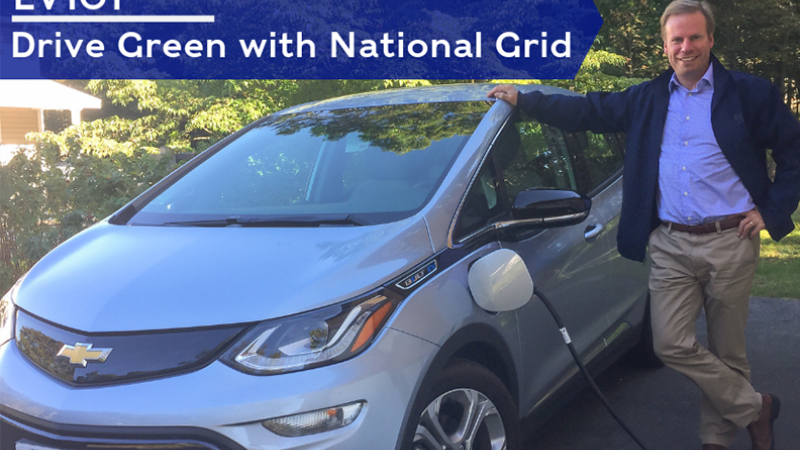November 6, 2019

Electric vehicles are increasing in popularity, with new models entering the market all the time. But what is an electric vehicle, and what isn’t? Here’s a quick Electric Vehicles 101.
A basic conventional car runs on an internal combustion engine: drivers add gasoline, it ignites and releases energy that is translated into motion. In the process, however, the vehicle releases carbon dioxide, one of the greenhouse gases contributing to climate change. In the United States, the transportation sector is responsible for 28% of greenhouse gas emissions, more than any other sector.
An electric vehicle (EV), in contrast, runs on an electric current. There are three main types of vehicle commonly called "electric," and it's worth knowing the difference:
- Battery electric vehicles (BEVs) run only on electricity. BEVs charge the car's battery with electricity. That battery then powers the electric motor, which propels the car forward. Since the car itself is not burning a fuel to generate movement, there are no tail-pipe emissions. Instead, the carbon footprint of a BEV depends on how the electricity that runs it is produced.
- Plug-in hybrids (PHEVs) combine a battery-powered electric motor with an internal combustion engine. Drivers charge their vehicles with electricity and use it much like an all-electric vehicle. However, if and when it runs out of charge, the gasoline provides fuel as a back-up. While running only on electricity, a PHEV's carbon footprint again depends on the fuel mix that generated the electricity. As soon as the internal combustion engine switches on, the engine's tail-pipe emissions add to the vehicle's carbon footprint.
- Hybrid electric vehicles (HEVs) also combine an internal combustion engine and an electric propulsion system. However, they cannot be plugged in to charge them with electricity, so they are not strictly speaking “EVs”. However, HEVs are more efficient than traditional internal combustion engines because they take advantage of technologies such as regenerative braking.
Visit drivegreen.nationalgridus.com for more information. A free webinar on EVs is being held December 5.
What: Drive Green with National Grid Webinar
When: Thursday, December 5, 12 pm, or 7 pm
Get tickets: RSVP here
The team running the webinar is Green Energy Consumers Alliance, the nonprofit organization working with National Grid to bring you Drive Green with National Grid. For questions, they can be reached at drivegreenUNY@greenenergyconsumers.org.